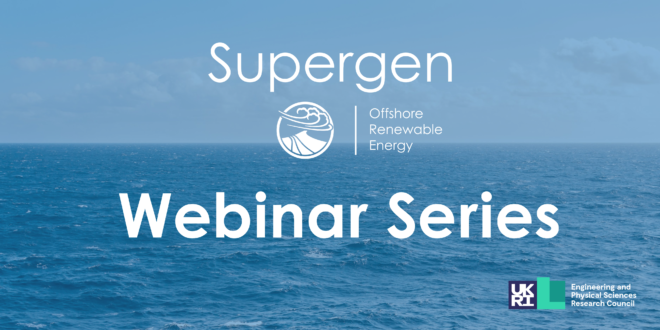A new study quantifies the potential power system benefits that the UK stands to gain through the deployment of marine energy technologies (wave and tidal stream) in domestic waters.
These system benefits are primarily due to the temporal and spatial offsetting of wave and tidal resource with other, more established variable renewables, such as wind and solar. Wave and tidal generation can be available at times of low wind or solar resource, helping to balance the overall renewable power profile. It has been found that a more diverse generation mix including marine energy is consistently more available and better able to meet demand than a renewable generation mix comprising of only wind and solar.
The study, published through a new policy paper from the Supergen ORE Hub, and the Policy and Innovation Group at the University of Edinburgh, builds on deployment scenarios from a previous policy paper published in 2021, detailing the potential economic benefits from the deployment of offshore renewable energy technologies.
The key results show:
- Energy planning modelling projects 6.4GW of wave and 6.2GW of tidal stream deployments in GB by 2050, if the SET Plan targets are reached by 2030.
- Previous work has shown that the resultant value to the UK economy from these deployments would be up to £8.9bn Gross Value Added.
- This study shows that the potential power system benefits of this 12.6GW deployment of marine energy would be up to £1.03bn reduction in dispatch costs per annum.
- This cost reduction comes from a higher dispatch of renewable energy – by up to 27 TWh (+6%), and thus a lower requirement for expensive peaking generation – by as much as 24 TWh (-16%) when wave and tidal generation are part of the electricity mix, compared with a scenario without marine energy generation.
- Additionally, the scenario which includes marine energy demonstrates a higher ability to meet domestic (GB) demand with domestic generation, as it requires 5 TWh less (-65%) battery use and 3 GWh less (-6%) energy imports over interconnectors.
This report has been written by Shona Pennock and Henry Jeffrey from the Policy and Innovation Group, University of Edinburgh











